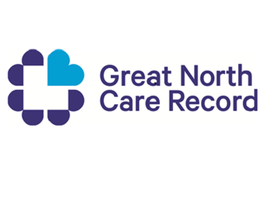SynApps has growing interest from the UK social care sector for its new digital case management offering
When it comes down to it, digital case management is basically a means of managing the ingestion – the capture – of case files for social workers by multiple means, including email, self-service scan stations, MFDI copiers (as well as back-scanning archives), and then pushing that information through a workflow.
What do I mean by workflow? Well, it’s a structured business process to properly capture the important information and then file it centrally, safely and digitally into an ECM repository, for example. Then providing a series of alerts that not only notify the key members of the social care team about what they need to know, but with built-in escalation and an SLA that allows every case file to be managed and monitored to help you with a very key area of compliance – the Ofsted Inspection.
Overcoming paper
Our work here often involves a scenario where you have four hundred-plus social workers, a number of NHS Trusts, multiple GP practices but all working off a paper store of information. That means that every time a social worker goes out to meet a new potential client, they have to request information and that information is then delivered as a paper file.
For sure, what we’re looking to do is replicate that with an electronic version – so, rather than carrying a huge file and having to make notes via paper in front of any potential social care person, it’s all digital – you scan everything, ingest it (i.e. capture emails), file any Word or Office documents and then, by searching the content repository, pull it together into a simple electronic document, then be able to take the case file on site, carry out the work they have to do and update the file electronically.
This is great – and a big advance for many a social work team compared to where they are today. For sure we are not the first to attempt this – there are lots of systems on the market already claiming to help at the sharp end like this. But what we’re doing that we think is better, is automating the end to end process and securely filing all of the case file information in order into a central repository and then integrating it with your whole social care system. Now you can start to really reap some benefits.
End to end automation
Now, when a social care worker logs into their social care system, the complete case file is available in front of them – and you have the beginnings of a truly ‘end to end’ view of the whole case file; with all the information relating to this particular person – including their NHS or GP record, and social care record. It’s all available in a dashboard, with any new information updated automatically in real-time and yes, your team has access to that information on an iPad and/or Android device.
It’s no longer a paper-based system, it’s a completely automated, electronic system – which offers real cost and labour savings, better record keeping for compliance and a way to improve the overall quality of your council’s service delivery, and genuine overall improvement in a very key, but often very financially strained, core process.
I think it’s pretty powerful stuff. Take some time to explore it more here
Thanks, and speak soon!
Chris Brice came on board as our new Director of Sales and Marketing here at SynApps Solutions Ltd back in May








